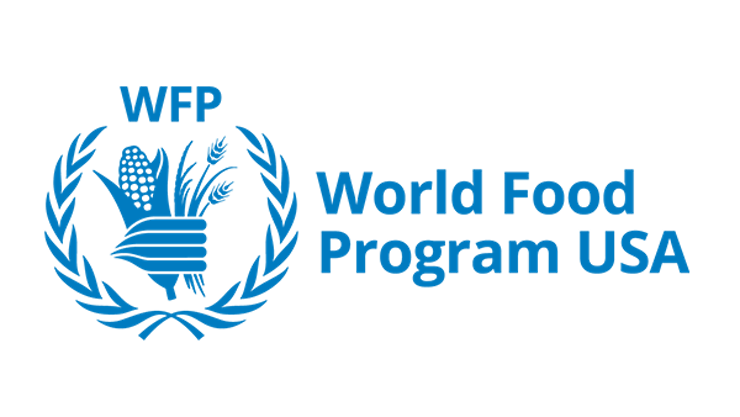
Many areas of the world are prone to massive floods, brought on by extreme weather events, including cyclones. A good example is the impoverished African nation of Mozambique which suffers recurring cyclones. Back in 2018, Mozambique suffered two cyclones in the space of a month that left tens of thousands of displaced people without food, water and shelter. The United Nations World Food Programme (WFP), with its network of response teams throughout Africa, is often the first agency on the scene, surveying the damage and rushing relief to the victims.
The WFP saw Mozambique’s 2018 crisis as a turning point. The agency had traditionally relied on satellite imagery, fixed wing aircraft and helicopters to guide its flood management work but recognised that more needed to be done to anticipate such events, to make precise damage assessments and to speed recovery efforts. Satellite imagery was often blocked by low cloud cover and distorted by shadows. Fixed wing aircraft were expensive to fly and couldn’t zoom in for close observation. Even helicopters, while highly mobile, were unable to access many remote areas.
The WFP decided to bring in drones.
Drones can serve various critical functions. The most obvious is to survey a flooded area, assess the storm damage and pinpoint persons in need of rescue. The drones can relay that information to on-the-ground relief teams, speeding their rescue and recovery efforts, But drones can also create a comprehensive 3-D map of the entire disaster zone and model the progression of the flooding in real-time, anticipating additional relief needs.
Some drones can also drop life preservers or food and water supplies to flooding victims well before emergency rescue teams can arrive.
The mapping and modeling capabilities of drones can actually be deployed well before a cyclone hits and causes flooding. Drones can assess shortfalls in flood prevention plans, including a lack of levees or a progressive weakening of river banks that can allow flooding to spread rapidly, inundating villages. Equipped with advanced analytics, the drones can gather data and predict the likely consequences of various categories of storms, allowing local officials to issue warnings, relocate villagers and preposition relief supplies, long before a disaster actually occurs.
During the actual disaster, drones and other aircraft can also work in tandem. Drones can focus on aerial surveying and mapping, especially in high-risk flying areas, freeing up helicopters and fixed wing aircraft to concentrate on delivering relief personnel and supplies to victims on the ground. Drones limit the safety risk to pilots but they also save on the costs of gas-powered aircraft. “When your primary tool for flying over large bodies of water is a helicopter that costs $2,800 an hour, you need to find a better way,” a WFP drone data operations manager told the magazine ESTRI last November.
Thanks largely to its Mozambique experience, WFP has integrated drones into its flood management planning activities worldwide. That planning also includes a training component to ensure that local governments are developing their own full-spectrum aerial response capabilities. Recruiting poor villagers to become part-time contract drone fliers is far easier – and cheaper – than training highly skilled helicopter and fixed-wing aircraft pilots. WFP can now go into nearly every country in the world knowing that there are local partners in place to expedite a full-scale flood relief effort.
|